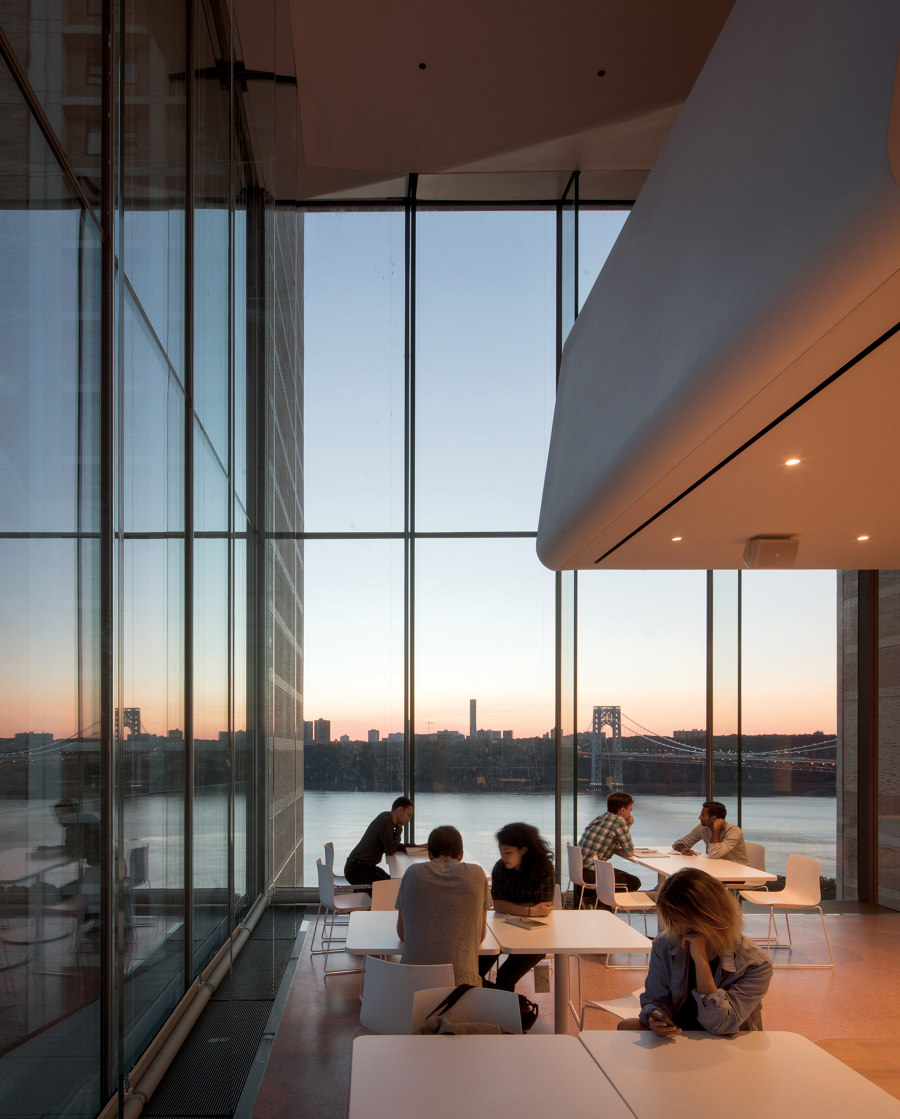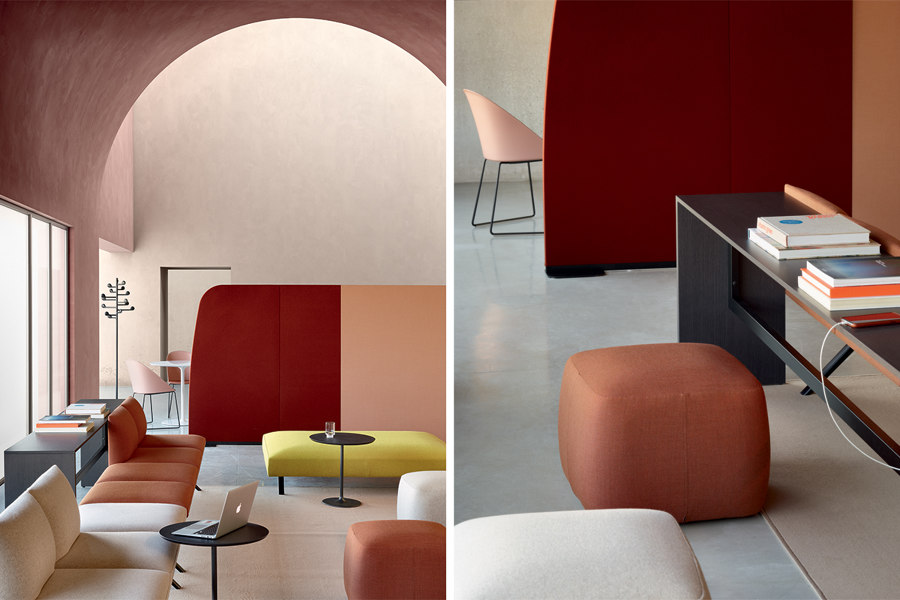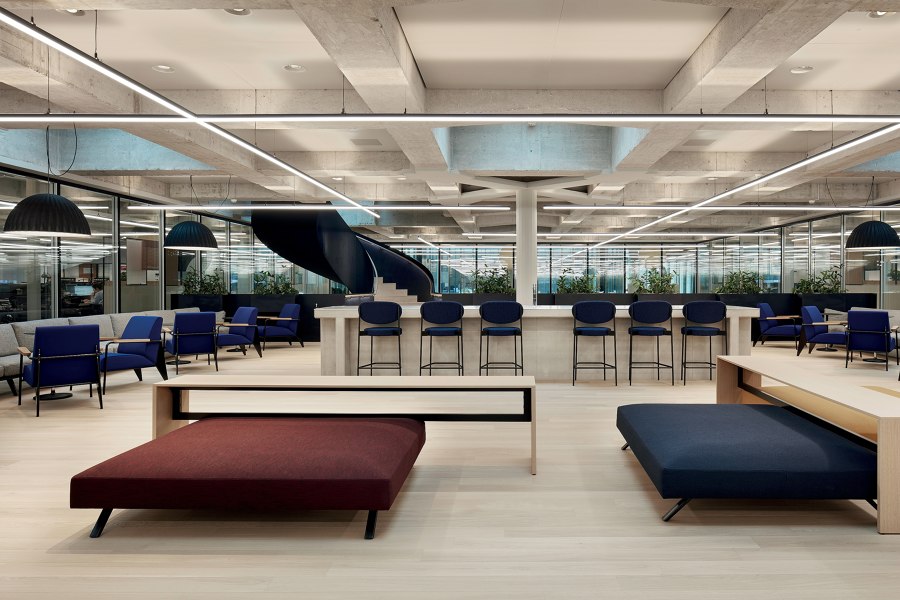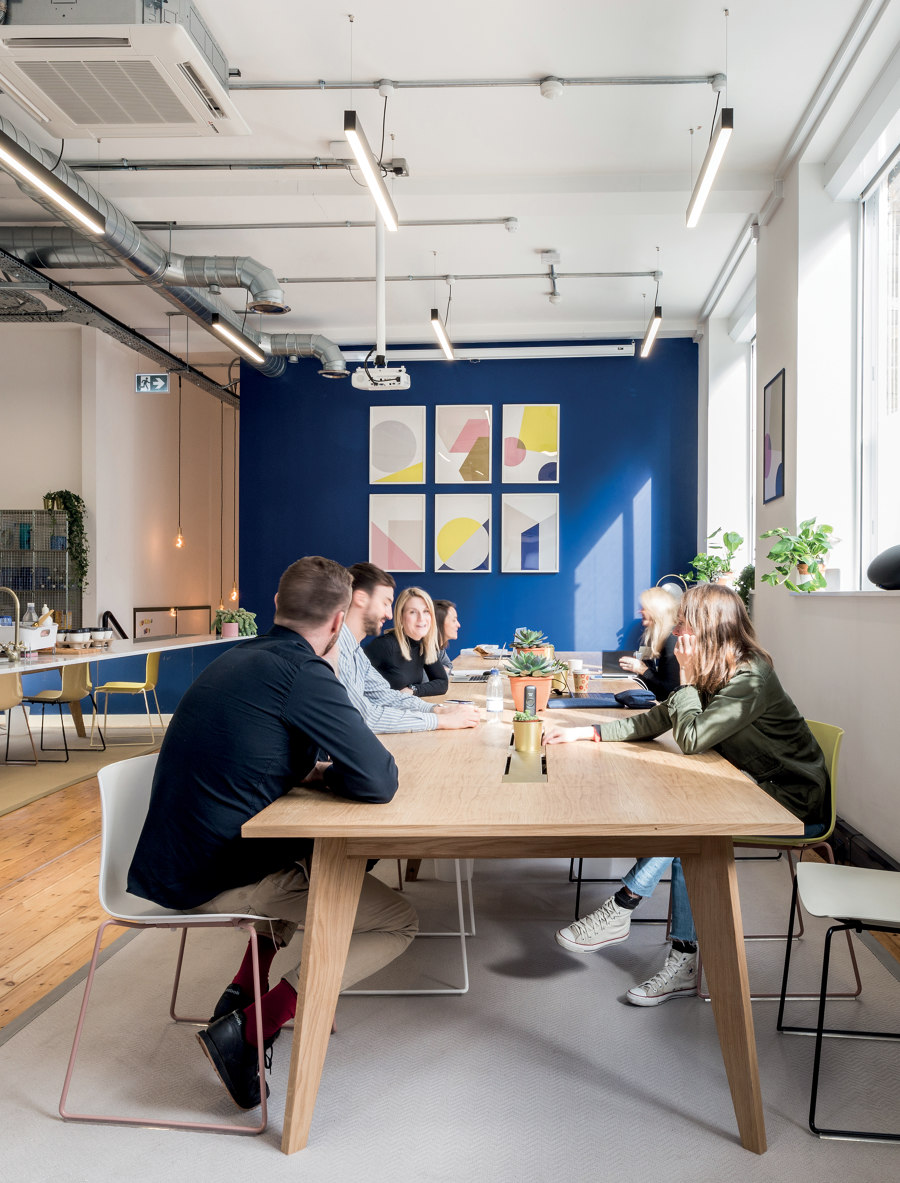Soft Essence: Arper
Brand story by Alyn Griffiths
Monastier di Treviso, Italie
14.10.19
ARPER seeks with its designs to create human-centered, softer spaces for both the home and office. Through form, colour and material, the so-called ‘softer approach’ attempts to conceive spaces that are warm, intuitive and inviting.
Arper’s Soft(er) Spaces strategy focuses on creating places for working and learning that optimise productivity and creativity by promoting wellbeing and collaboration. Roy and Diana Vagelos Education Center, New York City. Photo: Nic Lehoux

Arper’s Soft(er) Spaces strategy focuses on creating places for working and learning that optimise productivity and creativity by promoting wellbeing and collaboration. Roy and Diana Vagelos Education Center, New York City. Photo: Nic Lehoux
×The past decade has seen a dramatic shift in the design of public spaces towards environments that are more homely, comfortable and supportive of our basic human instincts. The demand for less formal, more flexible offices and communal space has necessitated a new approach to furniture design. Arper has been at the forefront of this transformation and has pioneered the creation of more human-centred environments that embody what the company describes as a 'softer' approach to living, learning and working.
To gauge the mood of the decision makers who shape these spaces, Arper spoke to leaders in business, education and culture about the importance of human-centred design. A series of videos outlines their different approaches and understanding of the 'soft(er)' concept. 'What makes a great workspace is changing,' explains Philip Iosca, head of interior design at global education company, Education First. Arper helped the company furnish its Zürich offices, creating a workspace featuring flexible breakout spaces filled with soft furnishings that give them a homely feel. 'Our demand for public spaces is the same demand we place on private ones, so I think there needs to be a softness to it,' adds Iosca. 'There needs to be a considered design, and a warmth to that approach.'
Arper uses materials, texture, form and colour to help create softer spaces that intuitively respond to core human needs. Top: Education First Zurich Office; Photo: DePasquale + Maffini. Above: Photo: Marco Covi

Arper uses materials, texture, form and colour to help create softer spaces that intuitively respond to core human needs. Top: Education First Zurich Office; Photo: DePasquale + Maffini. Above: Photo: Marco Covi
×The development of collections that promote a softer approach to living has been central to Arper’s business since the very beginning. The latest products launched at this year’s Milan Design Week continue to focus on improving connections between people and spaces through form, material and colour. By expanding its collections while maintaining its commitment to human-centred design, Arper is able to offer increased flexibility so the users’ specific needs can be met.
Products such as the Catifa chairs follow the contours of the body and offer functionality alongside flexibility through a broad range of colour options. Project: Cuckooz Nest Coworking, London. Top: Photo: Billy Bolton
According to Fabienne O’Neill of co-working and childcare provider Cuckooz Nest, this flexibility enabled the creation of a unique workspace that also feels human and welcoming. 'Softness is when the entire environment gives you this inherent feeling of calm,' she points out. 'If a space can feel like an extension of the home, that makes people feel way more comfortable.'
© Architonic







